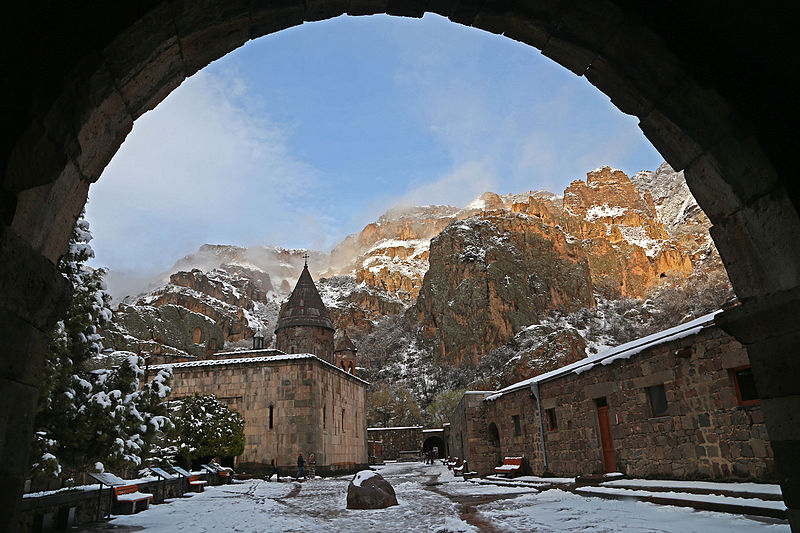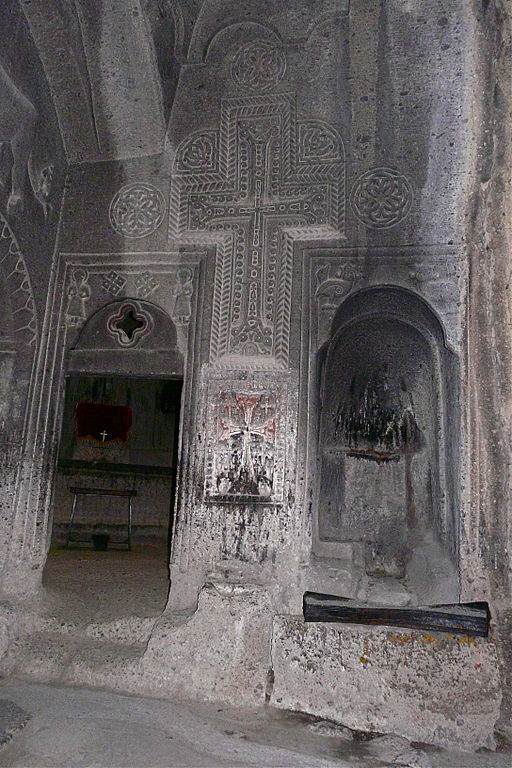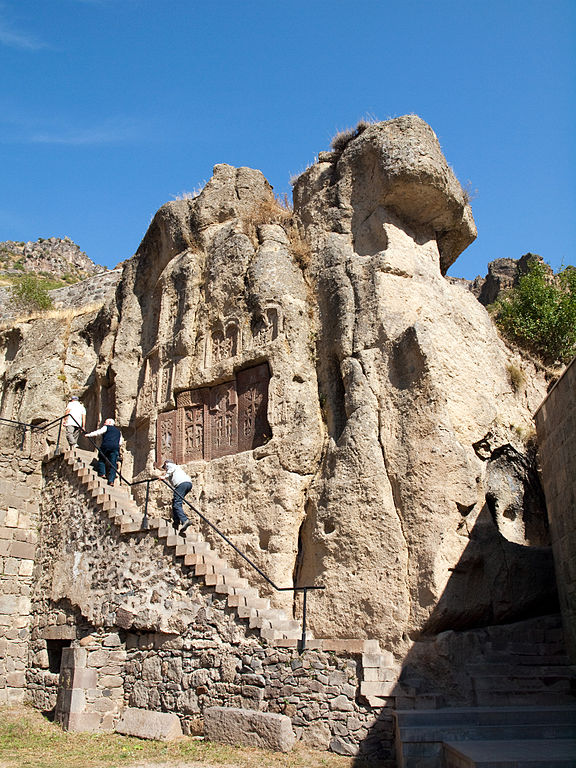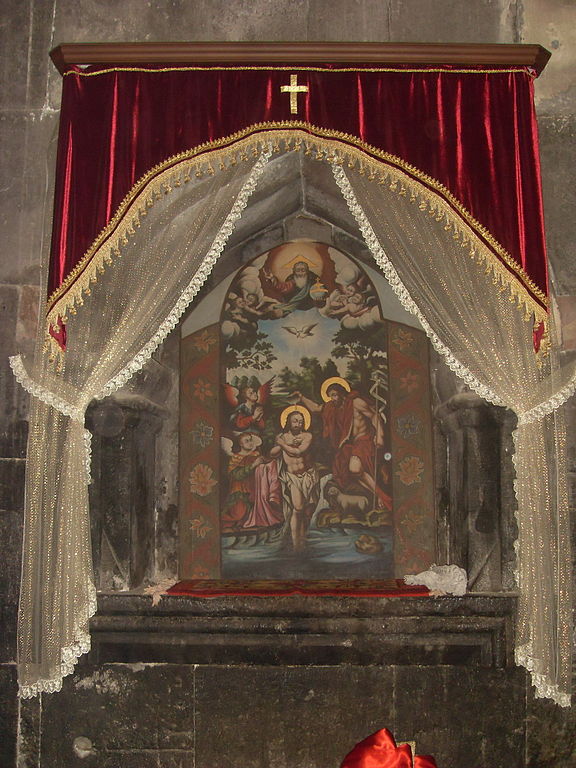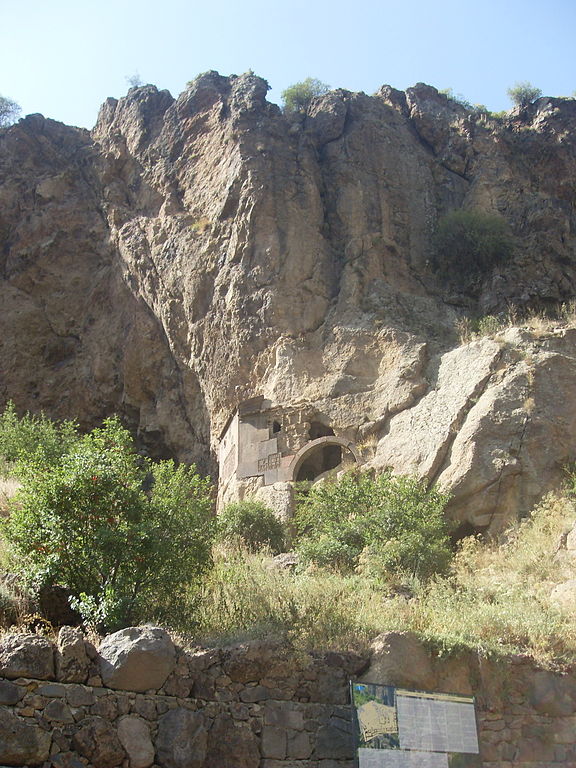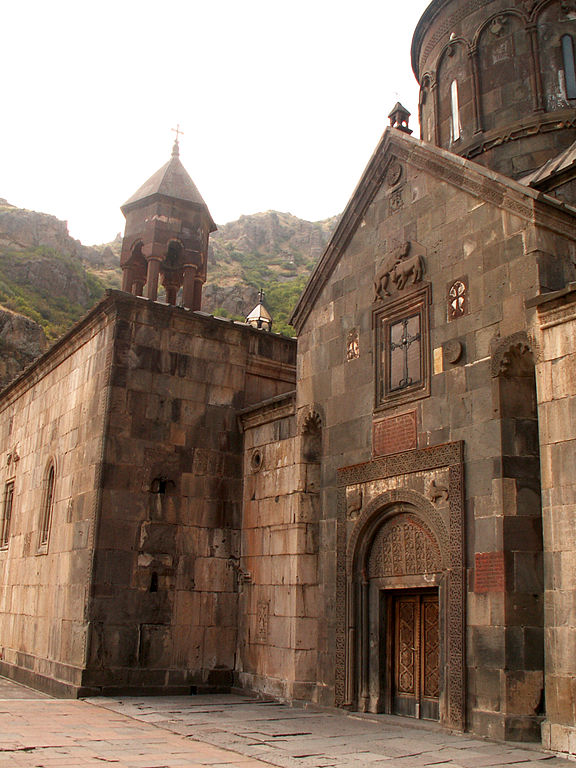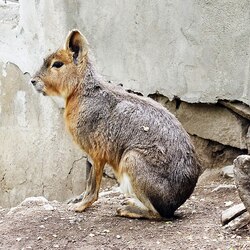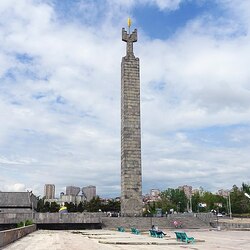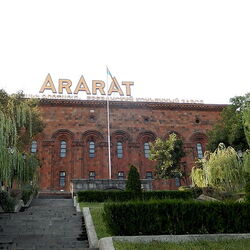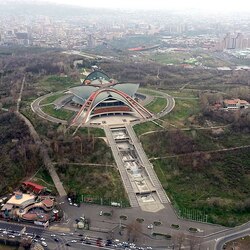Geghard
Geghard is an ancient monastery complex in the gorge of the mountain river Gokht near Yerevan. Many temples of the complex are hollowed out right in the rocks. The temple complex and the surrounding cliffs are included in the UNESCO World Heritage List.
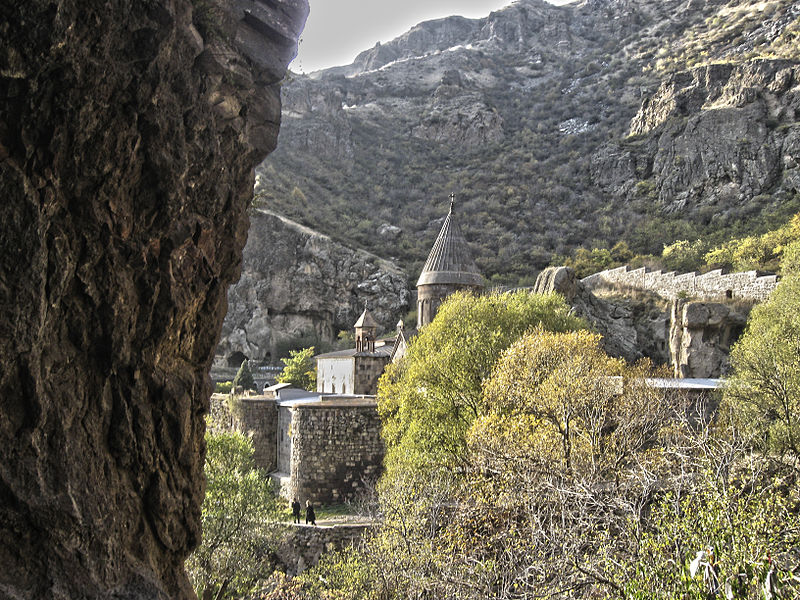
The history of the complex began in the 4th century with the foundation of the monastery on the site of a sacred spring in the rocks. Initially, the monastery was called Ayrivank, which translates as a cave monastery. Today the monastery is called Geghard, which translates as "spear", the full name of the Geghardavank complex is spear monastery. It is believed that the Apostle Thaddeus brought to Armenia the spear of Longinus, the spear with which Jesus Christ was killed. Hence the name of the monastery complex. Nowadays, the spear is located in the Etchmiadzin monastery.
The monastery founded in this place was completely destroyed and looted by the Arabs in the 8th-9th century. Work on restoring the monastery to its former greatness began after Queen Tamara conquered most of Armenia from the Seljuks. In 1225, the main chapel was built, and in 1225, a Gavit was partially carved into the rock. In the middle of the 13th century, the monastery was bought by Prince Prosh Khakhbakyan, and after that, the main buildings of the complex were built in a short time. The monastery became famous after it was informed about the presence of the spear of Longinus in it. After that, noble people began to donate money, ancient manuscripts, and lands to the monastery. In 1687, a silver frame was specially made for the spear.
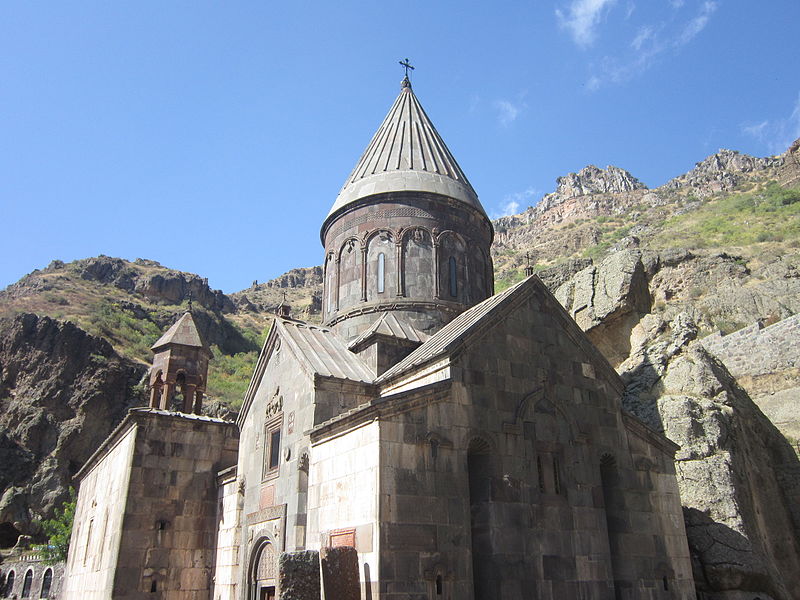
The Geghard complex is protected by ramparts on 3 sides, and a cliff covers it on the fourth. Cave cells, khachkars, and chapels are located above the main entrance. The main church of Geghard is called Katogike. Its facade is richly decorated with carvings. The sacristy is connected to the main church. The first cave church was named Avazan, which translates as a reservoir, because it was cut down in an ancient pagan cave with a spring. Nearby is the tomb of the Proshyans, through which you can get to the second rock church.
